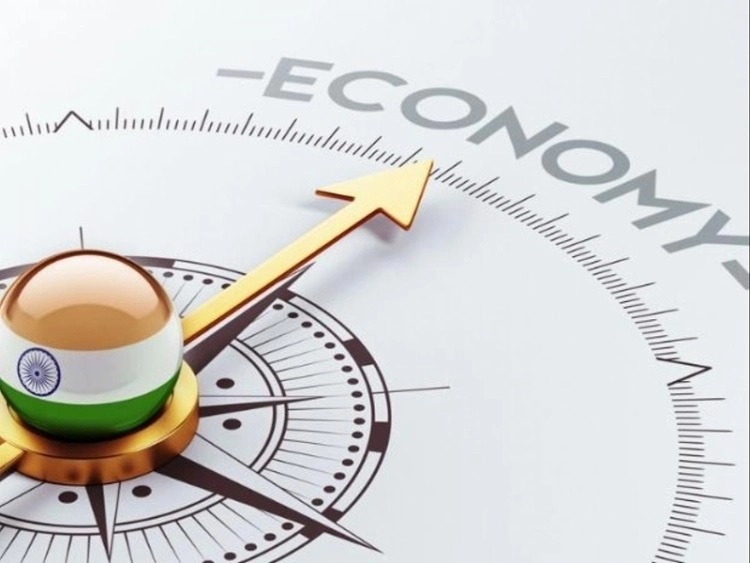The winter this year has passed largely without snow and rain. Though high altitude areas have received some intermittent snowfall, plains havent seen much. This has once again triggered concerns about the impact of the climate change in Kashmir. Deepening this concern is the fact that the scarce snow in the winter has a pronounced economic dimension. The Tourism Department is yet to start its winter sports activities in Gulmarg and Pahalgam this year. The tourists who visit Valley in the season just to witness snow have been disappointed. Though it is after several years that the winter has passed without sufficient precipitation, the Valley has a cause to be worried about the turn that the weather is taking. According to reports and some surveys, many natural streams in various parts of the Valley have run dry in recent years. And the reason for this is the steady depletion of the glaciers. This has not only reduced the discharge in the rivers and streams but also made many water bodies extinct. This has affected the irrigation in the Valley.
It is for this reason that the well-known glaciologist Shakeel Ramshoo doesnt only blame the Indus Water Treaty for restricting irrigation potential in the state. His worry is the fast melting glaciers which are decreasing the discharge in the states rivers, limiting their capacity to irrigate land. Triggering alarm bells is the slowly shrinking Kolahai glacier, the biggest in Valley, which is the source of Lidder and Sindh, two major streams of river Jehlum.
The area of Kolahai, says Ramshoo, has retreated 13.87 square kilometers to 11.24 sq kms from 1976. The annual rate of retreat is 0.08 sq km, says Romshoo, who heads the Climate Change Research at Kashmir University .
The situation is no different with other glaciers. An Action Aid Report in 2009 said there has been an overall 21 per cent reduction in the glacier surface area in the Chenab basin. The mean area of glacial extent in the state has also declined from 1 sq km to 0.32 sq km from 1962 to 2004, the report says. Many of the areas, the report added, have seen a complete disappearance of small glaciers in parts of eastern Srinagar and Pirpanjal mountain range in district Pulwama. In other areas, like Budgam, the height of the small glaciers has reduced to over one-fourth of the original height.
Similialy, the upper reaches of the Sindh Valley in Ganderbal district, the Najwan Akal which was said to be a major glacier, has completely disappeared today. Thajwas, Zojila and Naranag glaciers which once used to last up to October through November till a few decades back too have considerably reduced. The report says the length of the Hangipora glacier in Anantnag has reduced from 35ft to 12ft and the Naaginad glacier has reduced from 30ft to 10ft.
Like Kolahai, the glacialised area of Suru, which was about 72 sq kms 40 years ago, has shrunk by 16.43 percent and dozens of its around 300 glaciers have already vanished. If the recession of the Himalayan glaciers goes on at this rate, the discharge in states rivers would substantially go down, leading to a catastrophic situation, not least because it will severely impact Pakistan too.
Though we can do nothing about the larger, global scale changes in the climate, we certainly need to address the local man made causes that reinforce their impact on us. To start with, we need to undertake an honest study through a professional consultancy on how the climate change is going to affect us in the long term. And what actions we should take to cushion its impact. This will go a long way to goad the government to institute necessary policy changes and a plan of action that takes a redeemingly better care of our environment.
Follow this link to join our WhatsApp group: Join Now
Be Part of Quality Journalism |
Quality journalism takes a lot of time, money and hard work to produce and despite all the hardships we still do it. Our reporters and editors are working overtime in Kashmir and beyond to cover what you care about, break big stories, and expose injustices that can change lives. Today more people are reading Kashmir Observer than ever, but only a handful are paying while advertising revenues are falling fast. |
| ACT NOW |
| MONTHLY | Rs 100 | |
| YEARLY | Rs 1000 | |
| LIFETIME | Rs 10000 | |








